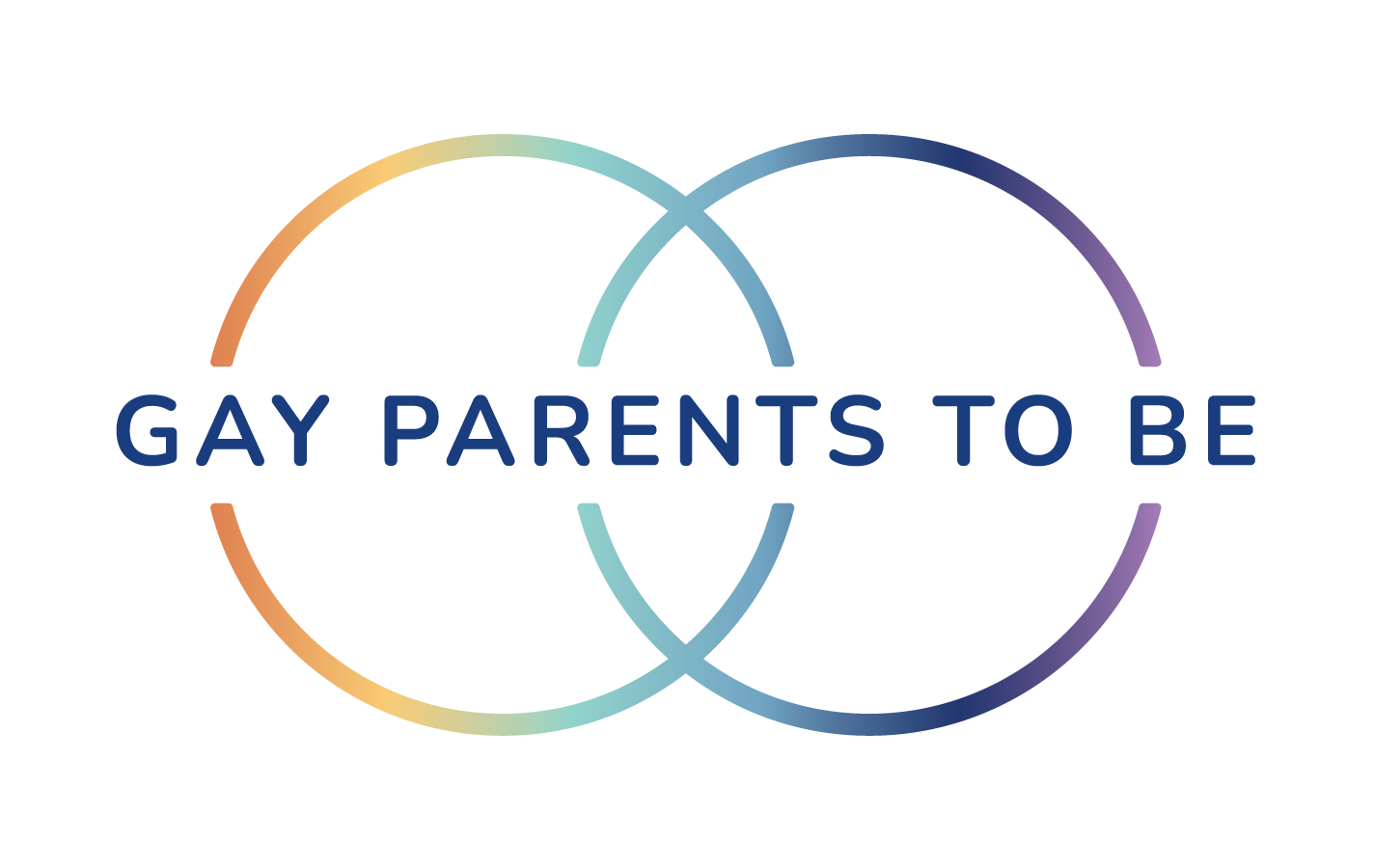Explore LGBT Family Building Options | Gay Surrogacy, Sperm or Egg Donors, Adoption & Legal Issues
April 26th, 2013 | 4 min. read
By Dan Woog


Gay adoption? Gay Surrogacy? Other third-party family building options?
What’s the best strategy for gay men or lesbians as they consider same-sex parenting?
The answer is as unique as each couple. In Part One of this three-part series, we examine the pros and cons of artificial insemination, surrogacy, gestational carriers, donor egg programs, sperm donors and related issues.
LGBT Family Building with Known Sperm
Diana Damelio, physician assistant at Reproductive Medicine Associates of Connecticut, cites many benefits to third-party family planning for gay men. (And women – the issues for lesbians follow afterward.)
For example, a male can use his own sperm, providing a genetic component for the child. (If neither male’s sperm is good, donor sperm is used).
Often, both men produce sperm. One man fertilizes half the eggs; his partner fertilizes the other half. One embryo is taken from each man’s sperm. If pregnancy results, paternity testing is recommended after birth.
Men like this method, but there can be a “competitive” aspect to it, Damelio says. RMA recommends using one man’s sperm for their first child, his partner’s sperm for the second.
If a man tests positive for an infectious disease (including HIV), his sperm can be “washed” of all traces at a “washing center.” However, the gestational carrier must consent to the procedure.
Understand Your Choices Surrounding Egg Donors
There are numerous options for egg donors. Some men choose a sister of the non-sperm donor, providing an even closer genetic component. Eggs can also come from a donor or an egg bank.
Egg donors can choose to remain anonymous to the child. In an “open door” donation, when a child turns 18 he or she can contact a lawyer who holds donor information. The egg donor then decides whether to meet the child in person; by phone, letter or email, or remain anonymous.
Gay Surrogacy | A Surrogate Mother Agency is Recommended
It is best to find a gestational carrier, frequently referred to as surrogate mother through a surrogate agency, Damelio says, because they are pre-screened using medical, psychological and background checks (and sometimes a home study). If she is married, her husband is also tested for sexually transmitted diseases.
An agency can help provide legal representation. The prospective parents and gestational carrier have their own lawyers. Contracts cover a variety of situations, including: Will the gestational carrier carry twins? What happens in the event of an abnormality? Can the new parents be in the delivery room? Who controls the carrier’s diet? How much contact will there be between the gestational carrier and the men? If she needs bed rest and cannot work, will she be compensated for that time away from work?
An agency can set a fee. Two men who find their own carrier must negotiate directly with their carrier.
Parents usually purchase an insurance policy covering the beginning of the cycle. A carrier then uses her own policy for pregnancy and birth.
Gay men often have an ongoing relationship with the gestational carrier during pregnancy. If she lives nearby, they can visit. If not, they can use email or Skype. And by being physically present during delivery, gay men bond immediately with their new child.
Understanding the Family Building Process
Once an egg donor and gestational carrier have been chosen, blood and urine testing must be done on the sperm and egg donor at a precise time. Infectious disease screening is conducted for everyone. The man’s sperm analyzed, and the carrier’s embryo is tested.
Sperm can be frozen, if the donor is traveling or thinks he will be unable to produce sperm on the day of insemination.
If eggs have been donated, they are thawed the day the cycle begins. Otherwise, an egg donor grows eggs while the carrier primes her uterus to accept them.
On the selected day, sperm is thawed or produced. Two embryos are transferred; the rest are frozen, for a repeat try or future siblings.
A week and a half after the transfer, a pregnancy test is done. If the result is positive, blood is tested and an ultrasound conducted. After 10 weeks, the carrier’s obstetrician takes over.
Lawyers will have already worked out pre-adoption paperwork, but the ease or difficulty varies by state. Some, like Connecticut, Pennsylvania, Wisconsin and California, are very adoption-friendly. Others – including New York – are notoriously difficult.
Third-party family building is time consuming. It take can from six months to a year just to get started. An egg donor and gestational carrier must be found. Several tests must be conducted.
The process can be expensive. (A subsequent blog post will examine costs of various methods.)
Overall, Damelio says, third-party family building for men is difficult to set up, but very rewarding.
Family Building for Lesbians
Women who choose this route often simply use donated sperm, with one partner selected for artificial insemination.
Depending on the condition of both women’s ovaries, however, in vitro fertilization may be needed.
Frequently, one woman will carry the couple’s first child. Her partner will carry the next. Damelio describes a family in which a brother donated sperm to his sister’s partner, tightening both women’s genetic connection to their child.
Third-party family planning is often less difficult for women than men. However, legal contracts are crucial, in the event of a future dispute between the birth mother and her partner.
For Other Resources for LGBT Family Building and Gay surrogacy visit The American Fertility Association or Resolve.
Dan Woog is a writer, educator and LGBT activist. He has written 17 books. Subjects include LGBT issues in gay education and the workplace, gay male athletes, and the importance of straight allies. He is also a co-founder of OutSpoken, Fairfield County’s support group for LGBT youth.
